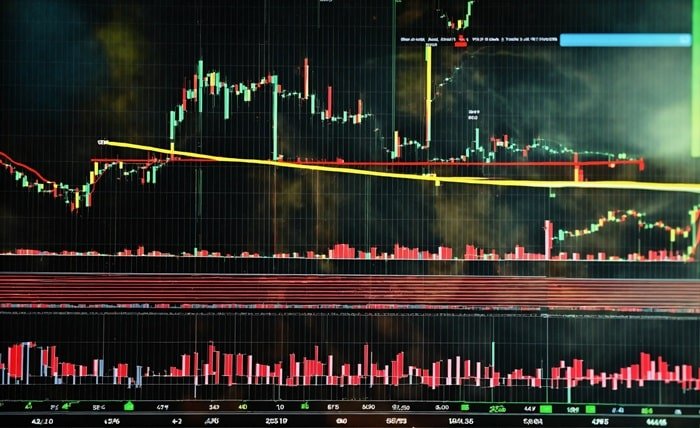For forex traders, tracking and analyzing currency fluctuations is crucial. Forex traders must monitor the patterns and variations of currency exchange rates to make informed trading decisions. We’ll look at the instruments and methods used in forex tracking.
Comprehending Forex Tracking
Forex tracking is the practice of monitoring fluctuations in currency exchange rates. It is an essential activity for those who are interested in the forex market because it helps identify possible trading opportunities.
Important Tools for Forex Tracking
Traders can efficiently follow currency rates using a variety of tools, including:
- Forex Tracking Software: Specialized software provides real-time currency data and analytical capabilities.
- Mobile Apps: Traders can monitor the market while on the road with several forex tracking apps for cell phones.
Technical Charts for Tracking Forex
Technical indicators are essential for examining trends in the market.
- Moving averages assist in determining the market trend’s direction.
- You can use the relative strength index (RSI) of a currency to determine if it is overbought or oversold.
Applying Fundamental Analysis to Forex Tracking
Examining economic indicators is one aspect of fundamental analysis.
- Interest Rates: Central banks’ interest rate decisions have the potential to affect exchange rates.
- Economic Reports: Data publications, such as GDP and employment statistics, can influence changes in the FX market.
News’s Function in Forex Tracking
News events may significantly impact forex rates.
- Political Events: Elections and policy changes may cause market volatility.
- Economic News: Trade-related or sanction-related announcements can affect the value of a currency.
Managing Risks in Forex Tracking
Effective strategies for risk management are crucial.
- Stop-Loss Orders: By automatically selling a currency when its value hits a specific level, these orders help reduce possible losses.
- Diversification: Diversification is the practice of spreading risk by trading multiple currency pairings.
Conclusion
Forex tracking is an essential and dynamic component of forex trading. Traders can gain insights into market patterns and improve their trading decisions by combining technical indicators, fundamental research, and staying up to date on news events. However, traders must use risk management strategies to protect their assets from the inevitable volatility of the foreign exchange market.



